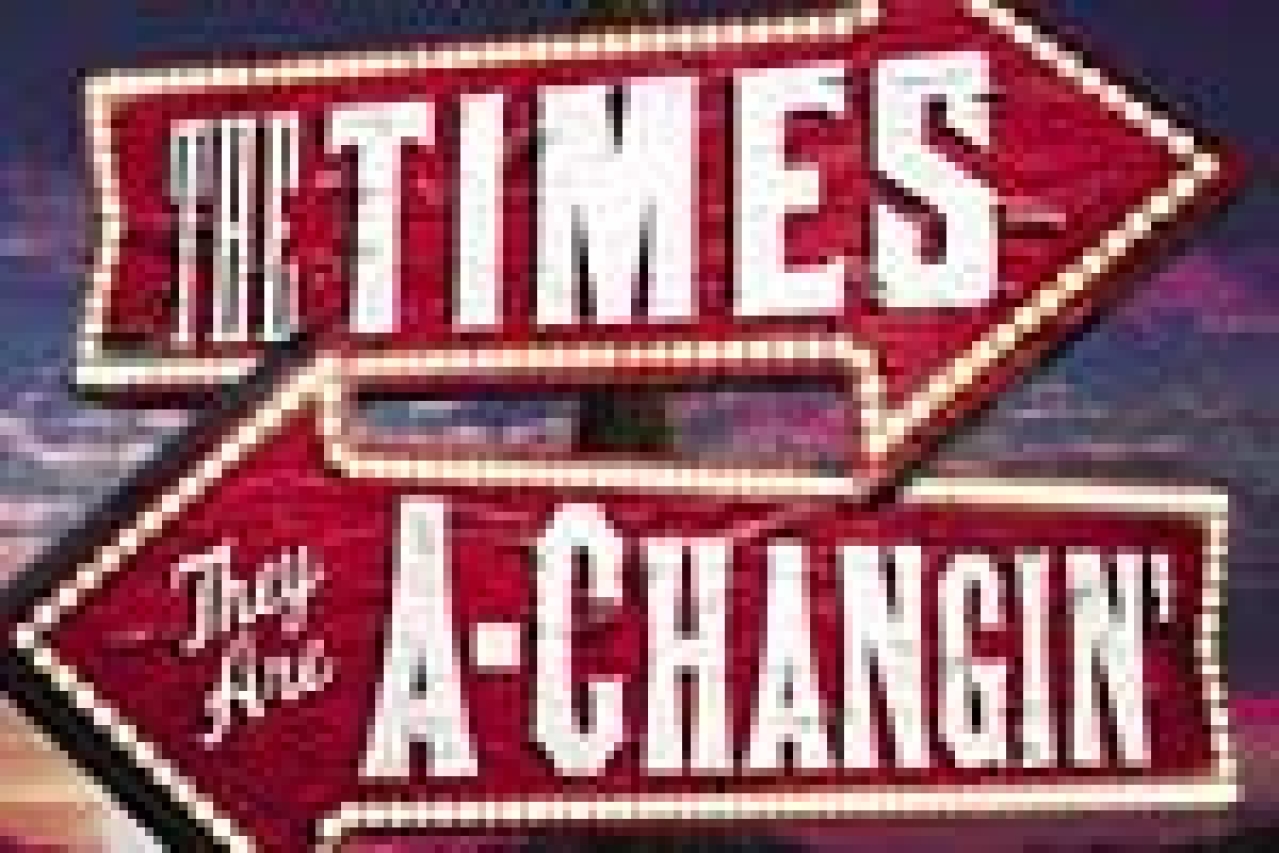The Times They Are A-Changin’

in The Times They Are A-Changin’
(© Bruce Glikas)
Twyla Tharp got in on the jukebox-musical ground floor. Way back in the 1970s, she raided the Beach Boys catalog for her dance pieces Deuce Coupe and Deuce Coupe II. Subsequently, she tackled the Frank Sinatra canon in Nine Sinatra Songs, and in the more recent Broadway musical Movin’ Out, she lionized Billy Joel. Now she has conceived, directed, and choreographed The Times They Are A-Changin’, a Bob Dylan entry that lands somewhere between dance piece and musical. But while Movin’ Out is a work of art, The Times They Are A-Changin’ registers only as hard labor.
In mining the Joel songbook four years ago, Tharp realized to her great credit that the songwriter had been consciously or unconsciously telling the story of American societal pains over a four-decade period, and she successfully got that dolorous but ultimately redemptive saga on stage. Now, after rummaging through the Dylan oeuvre, she has imagined something else entirely: an allegory set in a seedy circus run by an oppressive ringmaster.
At least, that’s what a program note says; but it’s doubtful whether the narrative will come across to anyone who hasn’t read the summary. I’m certainly not convinced I would have known what in blazes was going on if I hadn’t. To fill you in, I’ll just quote from that helpful foreword: “Captain Ahrab [a name taken, I suppose, from Dylan’s “115th Dream”] is a tyrannical leader crippled by greed. Coyote sees the faults of his father and wants his life and everyone else’s to change. Cleo has found shelter at the circus and is trying to survive.”
That’s about all you need to know. Indeed, it may be much more than you’ll want to know about the plot, since none of it is as edifying about the human condition as Tharp would like to believe. Whatever the dance purveyor is doing, it doesn’t jibe with the Dylan material. Indeed, what Tharp does to some of Dylan’s songs — amid Santo Loquasto’s gaudy sets and costumes and Donald Holder’s flashing lights — shouldn’t happen to a dog. (By the way, there is a dog onstage; well, a dancer impersonating Cleo’s dog.) For example, Tharp lops off a crucial section of the superb torch song “Don’t Think Twice, It’s All Right,” discarding the emotionally stunning lyrics “I once loved a woman — a child, I’m told / I gave her my heart, but she wanted my soul.” True, the song is belted here by Cleo (Lisa Brescia), the unhappy performer torn between Ahrab (Thom Sesma) and his son, Coyote (Michael Arden), but the gender references could have been changed without harming Dylan’s casual meter.
It gets worse. The Up-With People staging of “Blowin’ in the Wind” is so cheesy that it elicited boos at the press performance I attended. (When was the last time you heard boos during a Broadway show?) And when Coyote sits on a floating crescent moon to sing “Mr. Tambourine Man,” conjuring images of Mame‘s “The Man in the Moon” number, Tharp has a shadow-play skeleton appear. Clearly, she believes that Mr. Tambourine Man is the Grim Reaper, which is obviously her right.
But the bigger issue in this number, as well as some others, is that Tharp’s choreography fights the songs for attention. Because “Mr. Tambourine Man” is sung beautifully by the gold-and-steel-throated Arden and danced fluidly by Charlie Neshyba-Hodges, the audience’s focus is split between the dancer and the singer so that full attention isn’t given to either. Moreover, twice during the number, Neshyba-Hodges exits to applause, which puts gapping dents in Arden’s delivery.
At other times, Dylan’s complex songs merely serve as garbled underscoring for the extremely athletic stepping. So while Arden, Brescia, and Sesma are giving their hearts and souls to Dylan’s urgent messages, they don’t end up with enough to show for it. Yes, Sesma makes “A Simple Twist of Fate” connect, and he and Arden score with the shattering “Not Dark Yet,” but that’s about it for the plus column. (The band, which sits on a raised platform and is led by Henry Aronson, consistently gives the Michael Dansicker-Bob Dylan orchestrations true grit.) The dancers, who include bulked-up Movin’ Out lead John Selya, fare better. Tharp may not always get the story out as she intends, but she sure can choreograph excitement.
By the time he was 25, Bob Dylan was already being called a legend. As the famous Blackglama furrier ads liked to ask, “What Becomes a Legend Most?” In Dylan’s case, it’s not Twyla Tharp’s woefully disappointing tribute.











